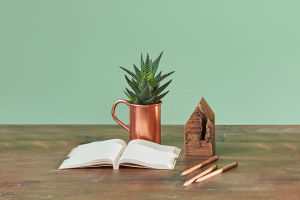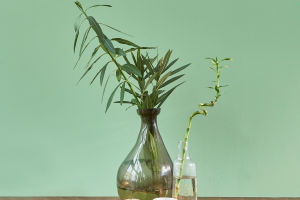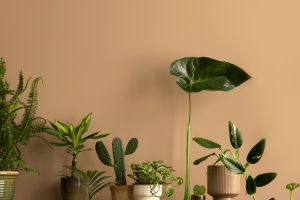Hey Lykkers! Ever wondered what kind of space cats really enjoy living in? Whether we live with one or ten, giving our feline friends the best possible environment is something we all care about.
Today, we're sharing how we designed a living space that's both comfy for cats and practical for us as caregivers.
Living Together or Living Separately?
For most breeders like us, there are usually two main ways cats live: either right in our home or in a separate dedicated space. Living together means more interaction and affection, but space becomes a real challenge—especially when we're caring for more than four cats. That's why many choose to use crates or cages to manage things more easily.
But honestly, that's not our style. We're not into cage-living for cats. It just doesn't align with how we believe cats should be treated—with freedom and respect.
The Best of Both Worlds
So what did we do? We combined the two approaches! We created a separate space just for the cats—our cat haven—but also rotate some of them to live with us in our own home. That way, everyone gets love, comfort, and good management.
Finding the right place for our cat haven wasn't easy. We waited months to find a rental unit on the same floor as our home. That way, we could pop in and out easily without wasting time commuting. We even had to pay extra to renovate it—because let's be real, most landlords don't exactly cheer when you say you want to turn their place into a cat paradise!
How We Designed Our Cat Haven
Now let's get into the layout!
For a space that holds 8–10 cats, we think around 80–100 square meters is perfect. What matters even more than size is how well the space is planned. We focused on vertical space—cat trees, climbing walls, and shelves—so cats can jump and explore without feeling cramped.
Main Zones of the Cat Space
In our setup, we planned the space based on a typical ratio of 2–3 male cats and 7–8 female cats. So we built:
• 2–3 rooms for male cats
• 1–2 spacious rooms for female cats
• 1 kitten room
• 1 nursery room for moms and babies
• 1 quarantine room
However, to simplify things, we kept the nursery and an extra female room in our own home instead of the cat space.
Entryway Safety First
At the front door, we built a small entry hall with a door to keep cats from running out when we open the main door. It also doubles as a shoe-changing zone and keeps dust and dirt outside.
The Female Cats' Area
Right after the entryway is the female cat room. It's connected to the kitten room, which makes transitions smooth. This area is also one of the biggest, giving female cats lots of space to move and relax. We added tall climbing trees here so they can jump and perch at different levels, helping reduce crowding on the floor.
The Kitten Room
Kittens need light, warmth, and some gentle background noise to get used to daily life. That's why we placed the kitten room by a window. Sunshine pours in, and soft daytime noises help them adjust. We added shorter climbing structures—just 1.2 to 1.5 meters—so it's safe but still fun.
Bathroom + Bonus Space
Our cat haven's bathroom connects directly to the female cat room, which gives it more usable space. All the litter boxes, cleaning supplies, and bath tools go here, keeping the main rooms cleaner and more open. It even gives the female cats another spot to hang out.
The Male Cat Rooms
We built a four-level male cat area that can be sectioned off or combined, depending on how many cats we have at a time. These rooms have mid to high climbing structures to keep the boys active and happy. We also use mesh or glass barriers to separate male and female cats, with flexible layouts depending on our breeding schedule.
Why Glass Partitions Work (And Don't)
To divide the whole space, we used glass panels. The bonus? Visitors can sit in one room and see all the cats without disturbing them. The downside? Poor airflow. So we left 30 cm open at the top and 80 cm mesh on the sides for ventilation. On top of that, we use two large pet air purifiers and three medium ones—way more than needed, but it keeps the air fresh and safe.
We Did It With Love
Lykkers, designing this space took a lot of thought, effort, and cost—but all of it was worth it to give our cats a happy, balanced home. Every detail, from layout to light to air quality, was chosen with care. Of course, every cattery has its own situation, but we hope sharing our journey helps spark ideas for yours!
What do you think? Would your cat enjoy this kind of space? Let us know what your dream cat setup looks like—we'd love to hear from you!


